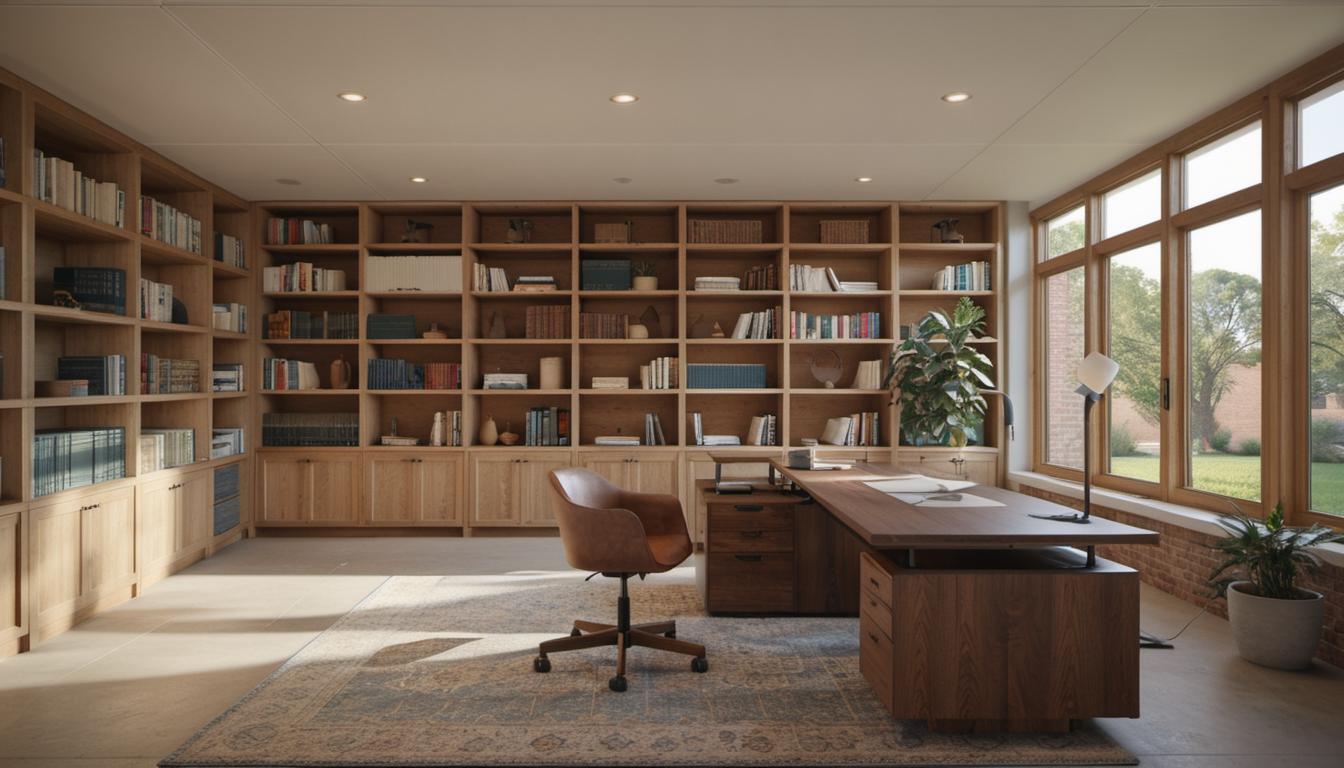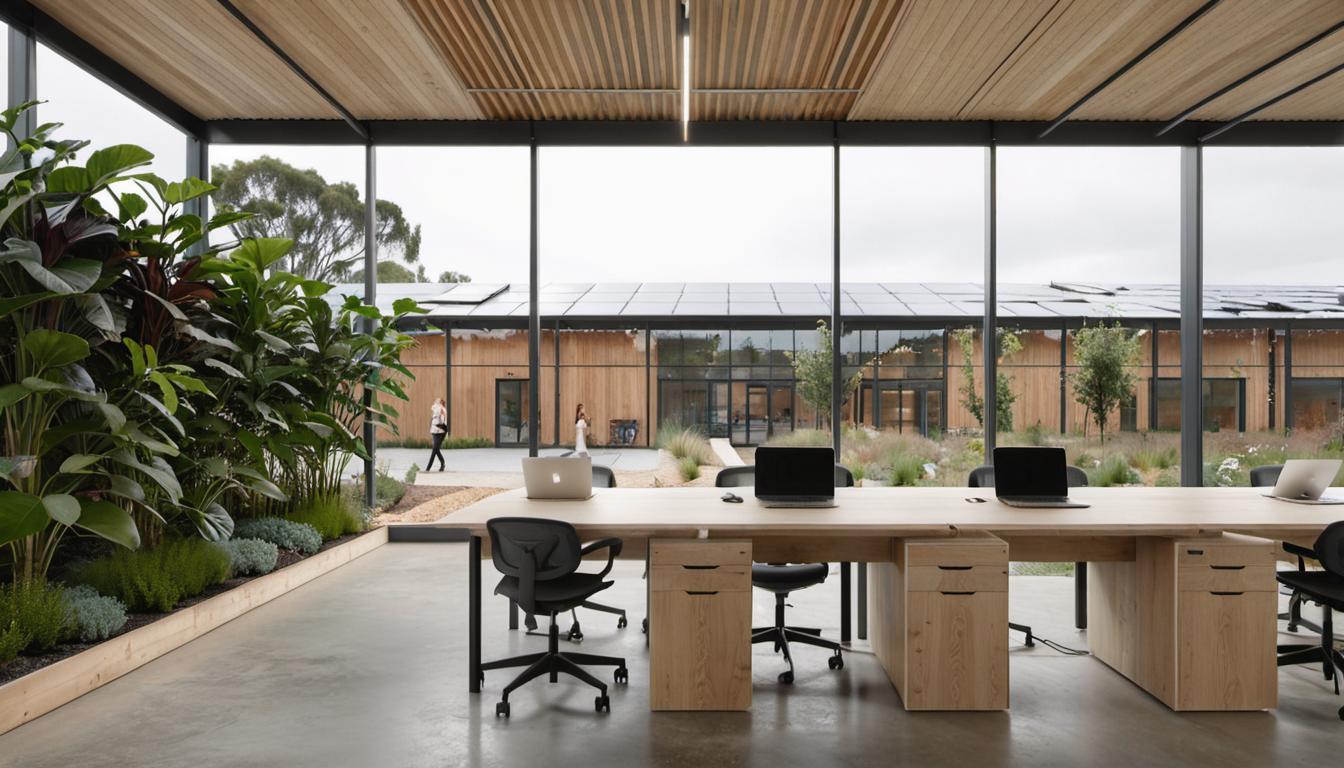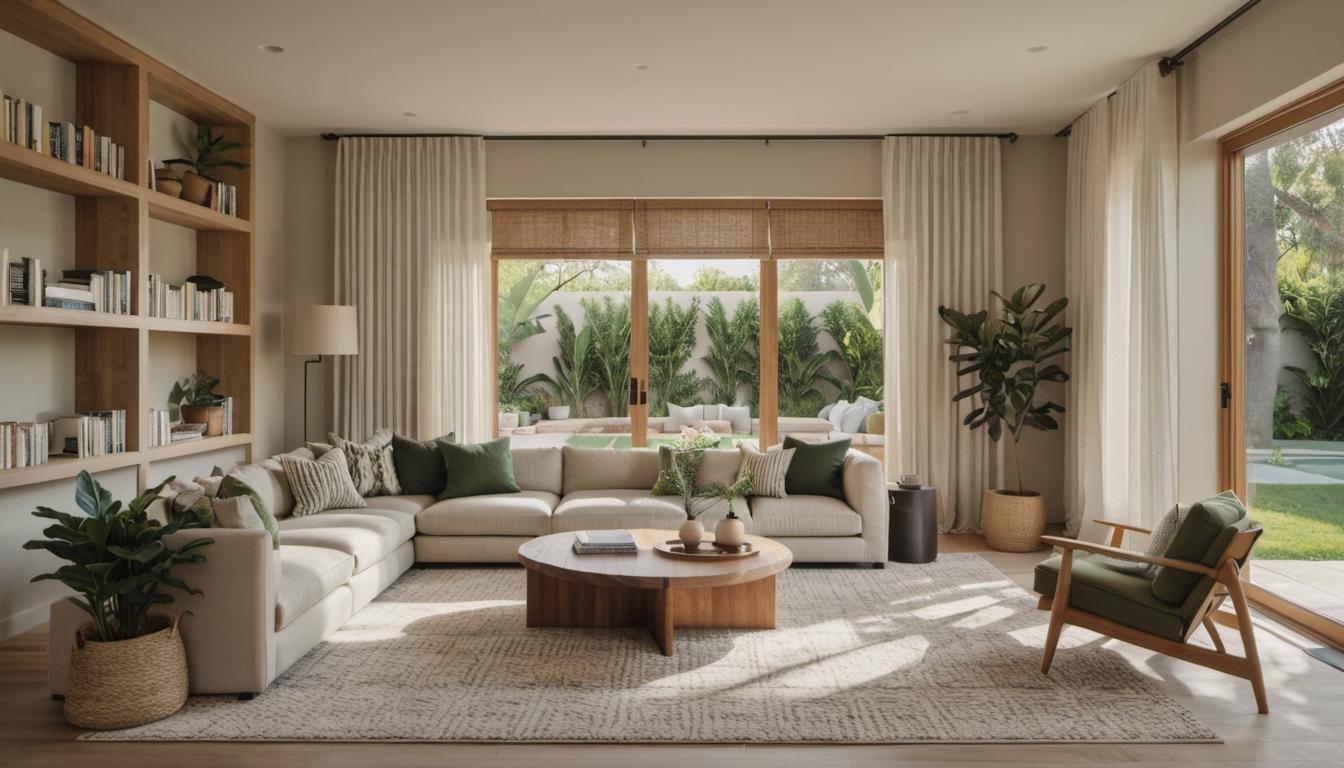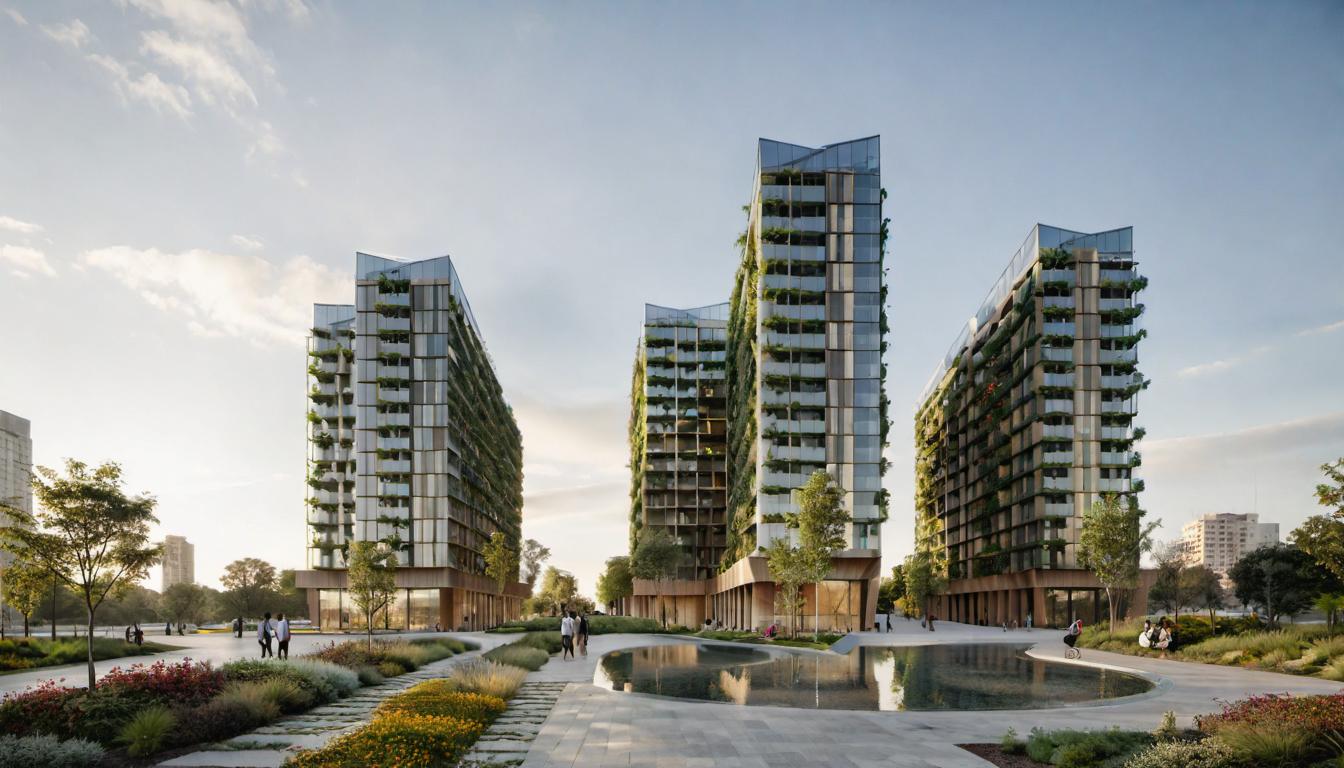Introduction
Vivid architectural renderings have become an industry-standard in the world of architecture, interior design, and real estate. These visualizations aid in the presentation of a architectural design idea, from its conception to its completion. But what influences the cost of these architectural renderings? Let’s break it down.
Understanding architectural rendering
What is architectural rendering?
Architectural rendering is the process of constructing 2D and 3D images or animations that showcase an architectural design concept. These renderings give a clear, realistic view of the designed spaces even before they are built.
The importance of architectural rendering
In fields like architecture and interior design, communicating an idea visually is crucial. Architectural rendering provides this visual communication, making it easier for clients to understand and appreciate the design proposal. Additionally, these renderings help in revising and improving design concepts, thus improving the overall design quality.
Common types of architectural rendering
Commonly used forms of architectural rendering include exterior renderings, interior renderings, aerial and VR 360 renderings. Each offers a unique perspective and understanding of the architectural design.
Architectural rendering prices – an overview
Average architectural rendering prices
Prices for architectural rendering vary widely, ranging anywhere from $80 up to $10,000 and above, depending on several factors.
Price variance across regions
Rendering prices vary across regions, often being more affordable in developing countries due to lower labor cost, unauthorized use of software, and volume-based work approach.
Factors affecting architectural rendering prices
Software selection
The type of software chosen for rendering can significantly affect the pricing. Licensed, authorized software usually leads to higher quality outputs and consequently, higher costs as compared to unauthorized software.
Type of render
The nature of rendering needed – exterior views, interior depictions, aerial, or VR 360 – can surely impact the cost as each type requires different levels of detailing and expertise.
Quality
Quality plays a crucial role in determining the price. High-quality renders require advanced skills, high-end equipment, and more time, resulting in higher costs.
Pricing strategy
Rendering service providers have different pricing strategies, including per image pricing and per project pricing. The pricing approach chosen can significantly impact the final cost.
Rendering equipment
The cost of rendering also depends on the equipment used. Advanced technology, like high-performance computers and VR tools, can increase the price.
Market
Market factors such as competition, demand, and economic conditions can influence the pricing structure in architectural rendering services.
Time investment
The time taken to produce a render can affect its cost significantly. Fast, rush projects attract a premium while projects with longer timelines may be priced more affordably.
How the type of render impacts pricing
Exterior renderings
Exterior renderings portray how a building looks from the outside. Factors such as landscape, surrounding elements, and lighting complexity can significantly impact the cost.
Interior renderings
Interior renderings require highly detailed representations of spaces, including furniture, decor, light fixtures, and more, resulting in a potential increase in cost.
Aerial and VR 360 renderings
Aerial renderings offer a bird’s-eye view of the property while VR 360 renderings provide a fully immersive, virtual experience. Both these types require specialized skills and tools, thereby increasing the cost.
Software and equipment – cost influencers
Investment in technology
Advanced technology leads to superior quality renders, but it requires significant investment, and therefore, tends to push up the overall price.
Software types and their impact on cost
There are various software types available for rendering, each with differing features, capabilities, and prices. The choice of software can, thus, affect the rendering cost.
The issue of unauthorized software use
The unauthorized use of software is a widespread issue contributing to lower prices in some regions. However, unauthorized software often lacks the full suite of features needed for quality rendering.
Impact of pricing strategy on architectural rendering costs
Per image pricing
When pricing is done per image, the project’s size doesn’t matter. This strategy is ideal for small-scale projects with fewer images.
Per project pricing
Under this strategy, the cost is decided according to the project’s size and complexity, regardless of the number of images. This is usually advantageous for larger projects.
The effect of market and geographical factors
Differences in labor costs
Labor costs vary from one region to another. Places with lower labor costs tend to offer rendering services at a more affordable price.
Regional market factors
The region’s market dynamics such as supply and demand, level of competition, and economic condition can significantly affect the pricing.
Quality vs quantity – striking the right balance
Understanding quality and quantity in architectural rendering
While quantity refers to the number of renderings, quality refers to the detailing, accuracy, and realism of the renders. Achieving a balance between the two is crucial for cost-effective rendering.
How quality and quantity affect prices
While an increase in quantity results in higher prices, it’s not the only factor. High-quality renders necessitate more time and effort, leading to higher costs.
Time is money – how time investment impacts pricing
The time factor in rendering
A significant factor that influences pricing in rendering services is the time invested. More time-intensive projects tend to be priced higher.
How deadlines can sway cost
Urgent projects that demand fast turnarounds often attract rush charges, leading to higher prices. On the other hand, projects with flexible timelines might be more affordable.
Conclusion
In conclusion, the cost of architectural rendering services is influenced by an array of factors including software choice, render type, equipment used, market conditions, time, and quality. Understanding these factors can help architects, interior designers, and real estate professionals estimate rendering costs more accurately.
FAQ
Q: What factors affect architectural rendering costs?
A: The cost of architectural rendering depends on factors like pricing strategy, market, quality, type of render, rendering equipment, software selection, and time invested.
Q: Do rendering prices change based on the country?
A: Yes, rendering is usually cheaper in developing countries due to factors like the unauthorized use of rendering software, lower work hour prices, and prioritizing quantity over quality.
Q: Why does the type of software used in rendering affect the cost?
A: Depending on the software used, render times can vary significantly, affecting both cost and quality.
Q: How does the complexity of a 3D model affect the rendering cost?
A: The more complex the model, the longer it takes to create, thus increasing the price.
Q: What is the impact of deadlines on the cost of architectural renderings?
A: Rushed projects that need immediate attention and long working hours will be more expensive.






